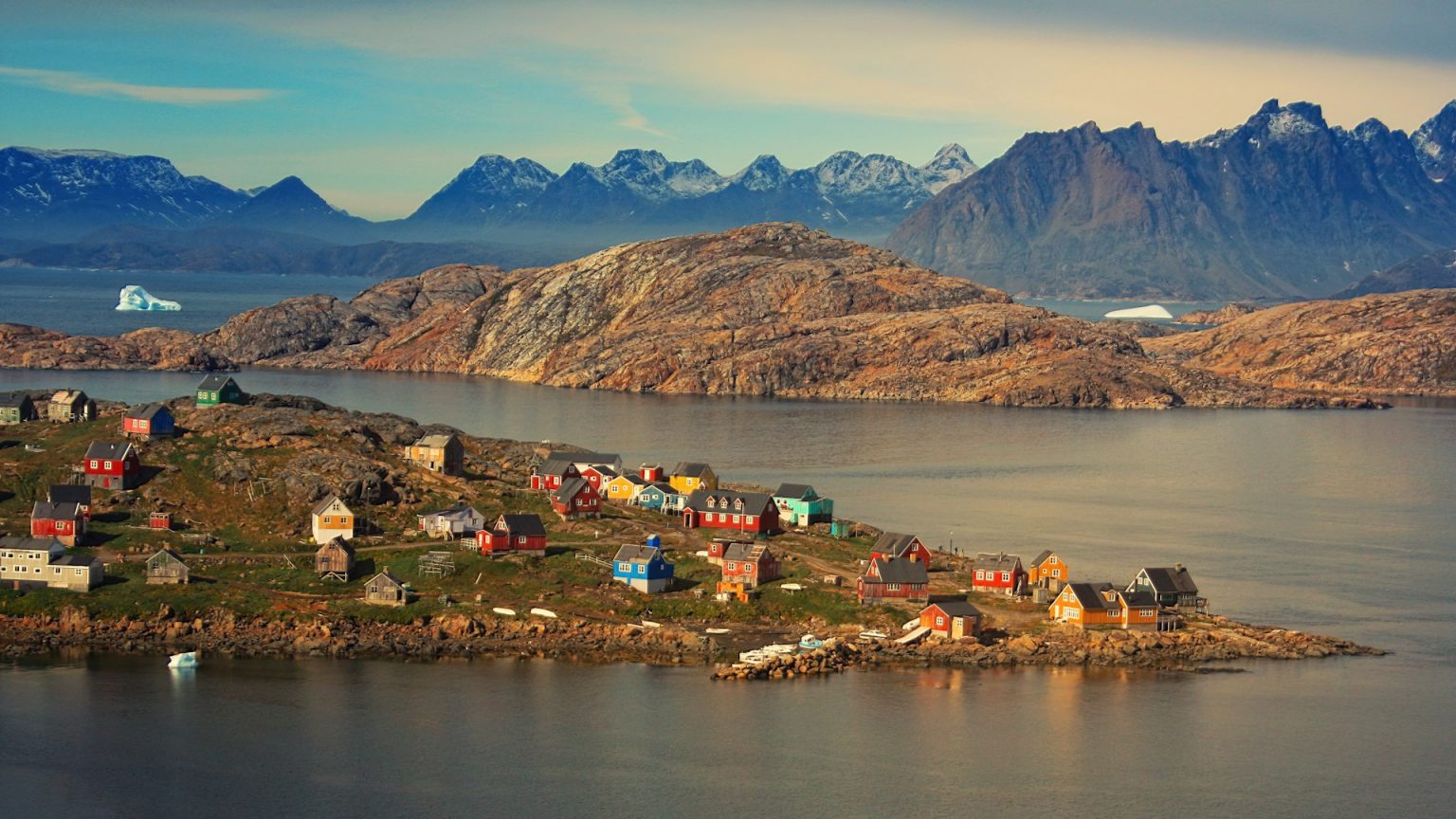NASA camera captures Amazon fires

Image: NASA/JPL-Caltech
- The Amazon fires were captured by the AIRS camera on the Aqua satellite.
- A movie clip released by NASA shows a huge cloud of CO drifting across the continent.
- Fortunately, carbon monoxide at this altitude has little effect on air quality.
Infrared evidence
You don’t need eyes to see the massive fires raging in the Amazon. An infrared camera fitted on a satellite will do.
This movie, based on data collected from 8th to 22nd of August by the Atmospheric Infrared Sounder (AIRS) on NASA’s Aqua satellite, shows carbon monoxide (CO) levels at 18,000 feet (5.5 km) above South America.
The colours denote the density of carbon monoxide, from green (approximately 100 parts per billion by volume) over yellow (app. 120 ppbv) to dark red (app. 160 ppbv). Local values can be much higher. Each separate shot is the average of three days’ worth of measurements, a technique used to eliminate data gaps.
As the clip shows, the CO plume rises in the northwest part of the Amazon, a massive region covering Brazil’s western half. First it drifts further northwest, towards the Pacific Ocean; then, in a more concentrated plume, towards Brazil’s southeast.
CO (1) can persist up to a month in the atmosphere and can travel large distances. At the altitude shown in this clip, it has little effect on the air we breathe. However, strong winds can carry it down to inhabited parts, where it can impact air quality.

Deforestation in the Amazon forest, just east of Porto Velho, following the typical ‘fishbone’ pattern.
Image: Planet Labs, Inc. / CC BY-SA 4.0
Fishbone pattern
The rainforests of the Amazon are often called the ‘lungs of the planet’, because they absorb large amounts of CO2 and produce roughly one-fifth of the planet’s oxygen. In other words: one in every five of the breaths you take you owe to the Amazon.
But the Amazon’s respiratory function is impaired by deforestation, a process which continues on a massive scale, both in Brazil and worldwide. In 2018, the planet lost 30 million acres of tree cover (roughly the size of Pennsylvania). This included almost 9 million acres of rain forest (slightly more than the size of Maryland).
Thanks to efforts by Brazil’s previous administration, deforestation in the Amazon had slowed down to its slowest paces since records began; but a recession in 2014 again placed economic needs above ecological concerns. The pace of deforestation increased again and it has only accelerated since the election last year of Brazil’s new president, Jair Bolsonaro.

Amazon forest fires raging in Brazil’s Maranhão state.
Image: Ibama / CC BY 2.0
850,000 acres lost
Mr Bolsonaro’s campaign pledge to open larger swathes of the Amazon for exploitation has emboldened local ranchers and farmers. From January to August this year, Brazil’s National Institute of Space Research identified more than 40,000 separate forest fires in the country – 35% more than the average for the first eight months of each year since 2010.
Few of these fires occur naturally: most are set in order to increase the land available for crops and pasture. As a result, the Amazon lost more than 850,000 acres of forest cover in the first half of this year alone. That’s 39% more than in the same period last year and represents an area the size of Rhode Island.
Satellite images: NASA/JPL-Caltech, found here at NASA.
Strange Maps #986
Got a strange map? Let me know at [email protected].
(1) Carbon monoxide (CO) is often confused with carbon dioxide (CO2). Both are gases without colour, smell or taste, both are formed by the combination of carbon and oxygen, both are released during combustion or fire, both can be lethal in high concentrations and both play a role in air pollution and climate change.
CO2 is a very common gas.
- The current average CO2 level in Earth is 400 ppm. It is a natural by-product of respiration, fermentation and combustion, and is required for plant life.
- Although this is the gas that gives divers ‘the bends’, CO2 poisoning in general is rare.
- CO2 is life-threatening only from 80,000 ppm (8%).
CO, on closer inspection, is quite different.
- It is a by-product of oxygen-starved combustion of fuel. In nature, it occurs only in trace amounts – main sources include volcanic eruptions and forest fires, as currently in the Amazon.
- So, CO is relatively rare component of the Earth’s atmosphere. The current average is 0.1 ppm.
- Concentrations of less than 100 ppm can induce headaches and dizziness. By 700 ppm, CO can be deadly.
- Dangerous levels of CO are produced by improperly ventilated ovens, heaters, furnaces and other fuel-burning appliances, as well as car engines without catalytic converters. CO poisoning is the most common type of poisoning in the world.





